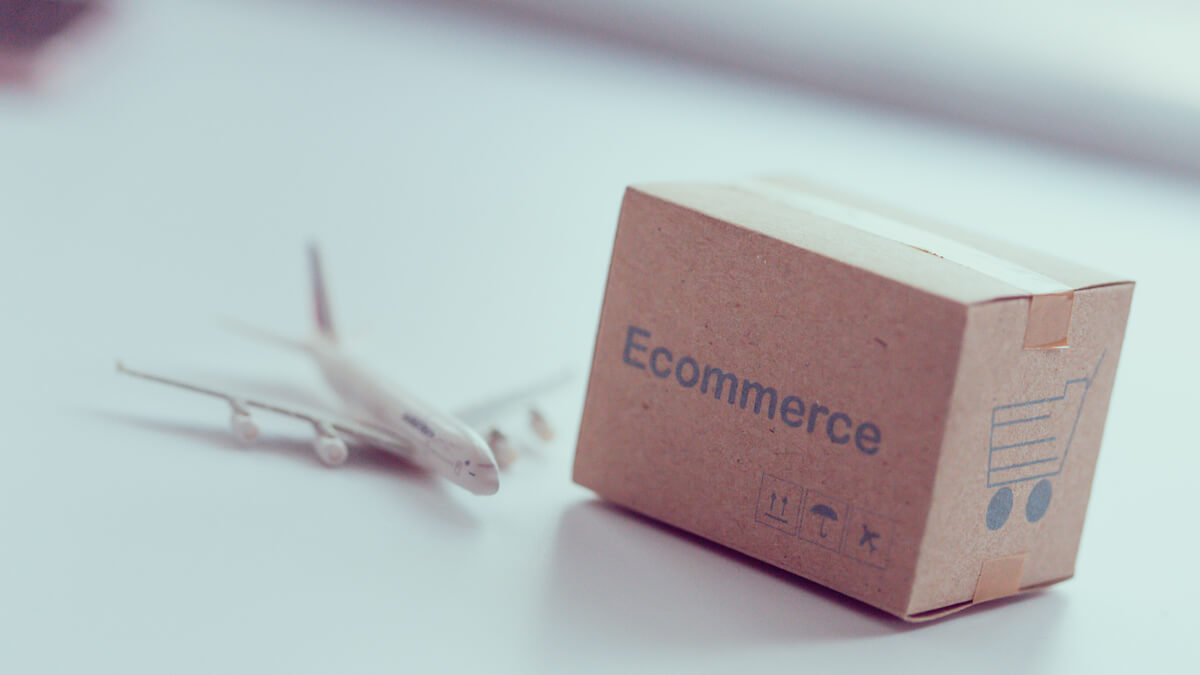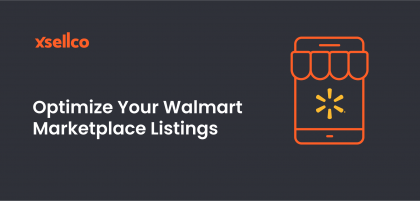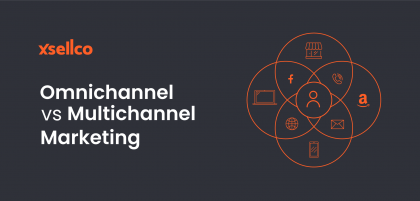How is coronavirus impacting ecommerce? With the all-important final quarter looming, we’re comparing customer service statistics to see the predicted impact on Q4 from COVID-19.
With statistics weighted by last year’s figures, let’s see if there’s light at the end of the tunnel for online retailers.
What’s the impact of coronavirus on retail?
It doesn’t take a genius to understand that global lockdowns and social distancing measures have devastated bricks-and-mortar retail, but that’s only half the story. According to the OECD, retail typically accounts for around 5% of a country’s GDP, and employs around one in 12 workers.
The OECD also points out three important characteristics of retail which make disruption particularly impactful:
- Retail serves final demand, so it occupies a special place in supply chains
- It complements other sectors very broadly, many of which are also hit hard by the pandemic
- It’s labour-intensive, often relying on low-paid, precarious employment
These three traits mean that simply saying ‘the pandemic is bad for business’ is way too simplistic. Final demand isn’t going anywhere. Other sectors still need support. Frontline employees still need to earn and consume.
To truly get our heads around the predicted impact on Q4 from COVID-19, we need to understand how supply and demand is changing, and the pace of that change.
How is coronavirus changing shopping habits?
The effect of coronavirus on retail varies depending on many factors. For example, businesses are affected differently depending on whether or not they’re seen to be providing an essential product or service.
In the US, clothing sales were down 89.3% year on year in April 2020. However, grocery sales were up 13.2% in that same period. Across the EU in April 2020, non-food products saw a 23.8% drop in year-on-year sales, but food, beverage, and tobacco sales rose 1.2%.
So, it’s very fair to say that the impact of COVID-19 on businesses isn’t as straightforward as a loss of sales, at least not in every product niche. Some businesses might even have the enviable problem of dealing with an increase in demand if they provide products which consumers deem essential.
The complex impact of the pandemic on sectors like food and agriculture might mean taking a fresh look at supply chain, particularly how products reach customers. In the long run, a shift towards more eCommerce is inevitable and governments are aware of this. Countries like South Korea are even offering increased support for small businesses to begin selling online.
Coronavirus and ecommerce: the stats
So, even in the short term, COVID-19 means a marked increase in the competitiveness of the ecommerce landscape. According to Nielsen, ecommerce’s market share in France rose to nearly 10% during the pandemic, where it was less than 6% in the same period of 2019.
The UK’s Office for National Statistics told a similar tale. April 2019 saw 19.1% of retail spend going to ecommerce. In 2020, that figure is a record 30.7%. But who exactly is spending that money? As it turns out, different demographics are reacting to the virus in very different ways.
How does COVID-19 affect different demographics?
First, age. In the US and UK, 96% of Millennials and Gen Zs are worried about the economic effects of coronavirus. They’re stocking up on essential items and cutting back on general spending. Meanwhile, only 24% of Boomers and 34% of Gen X are adjusting their spending due to the pandemic. In the same survey, nearly half of Millennials confirmed they were cutting back.
Gender is another factor. Women are more concerned about coronavirus on average, but men let it affect their spending more. 25% of women say the pandemic is affecting how they shop, compared to a third of men.
Men are also moving towards ecommerce at a faster rate than women due to the virus. This is true for more than just straightforward delivery services like Amazon. All ecommerce routes, from in-store collection to curbside pickup, are seeing greater adoption by men.

- Meet customers expectations with fast shipping and delivery
What products are people buying in lockdown?
We’ve already seen essentials like groceries enjoyed a surge at the beginning of lockdown, but there are other winners. A study from growth agency, Common Thread Collective, shows the following sectors enjoyed year-on-year sales boosts:
- Medical products (nearly 500%)
- Baby products (nearly 380%)
- Cleaning products (around 200%)
- Food and beverage (nearly 150%)
Of course, where there are winners there are also losers. Despite an overall increase in ecommerce growth, outdoor products, electronics, and sports equipment saw negligible rises in sales. Jewelry, luxury goods, clothes, tools, and travel products all saw year-on-year sales go down.
The future of ecommerce and COVID-19
The pandemic has sped up adoption of ecommerce, bringing the future much closer to us. Forbes’ Louis Columbus breaks down how the game has changed overnight:
- US year-on-year growth reached 68% in mid-April, up from 49% in January
- In the US and Canada, ecommerce orders are up 146%
- February showed a sustained 8.8% rise in online conversions, rates usually seen on Cyber Monday
Customers growing used to the convenience and choice of ecommerce on this scale are unlikely to go back to traditional methods once lockdown and social distancing measures end. 24% of people say it’ll be another six months at least before they even consider returning to a bricks-and-mortar shopping mall.
So, even if the speed of adoption slows after lockdown, the overall ecommerce landscape has acquired tens of millions of new customers overnight. Q4 2020 will be either a battleground, a laboratory or a mix of both.
Businesses seeing the next three months as a battleground will compete aggressively for a share of this new market. This will typically take place via the sheer brute force of bringing more product to market, competing on price, and investing more in marketing.
Others see Q4 as a laboratory. They’ll be fast-tracking and testing new technologies, increasing security measures, and gathering as much data as they can to refine their customers’ path to sale in the long run.
Adapting your ecommerce business for lockdown
So, we’ve seen that while the impact of coronavirus on ecommerce has been seismic, it’s not all doom and gloom. Some demographics are weathering the storm without necessarily spending less. Some product types are even selling more.
Q4 2020 is coming, is your ecommerce business futureproof? Ask yourself:
- How secure is your supply chain? Just because your business can continue under social distancing, can all your suppliers?
- Does your inventory need to change? Are you selling risky items? Could you introduce more lockdown-friendly products?
- Is your niche becoming more competitive as traditional retailers turn to ecommerce?
- How are your target demographics reacting to lockdown? Do they need incentivizing to stay with you?
- What can you do to reduce friction and make it easier for new buyers to choose you?
- Do you have the right customer service tools and software to handle an influx of new business?
Final thoughts
To say that ‘coronavirus is bad for business’ is often too simplistic, and sometimes flat-out wrong. Time may prove that all it’s done is speed up changes in consumer behavior which were inevitable anyway.
Now, armed with the facts, you can take a critical look at your business and face Q4 with confidence. If your business can thrive in the pandemic, now’s the time to get out there and win more sales!








